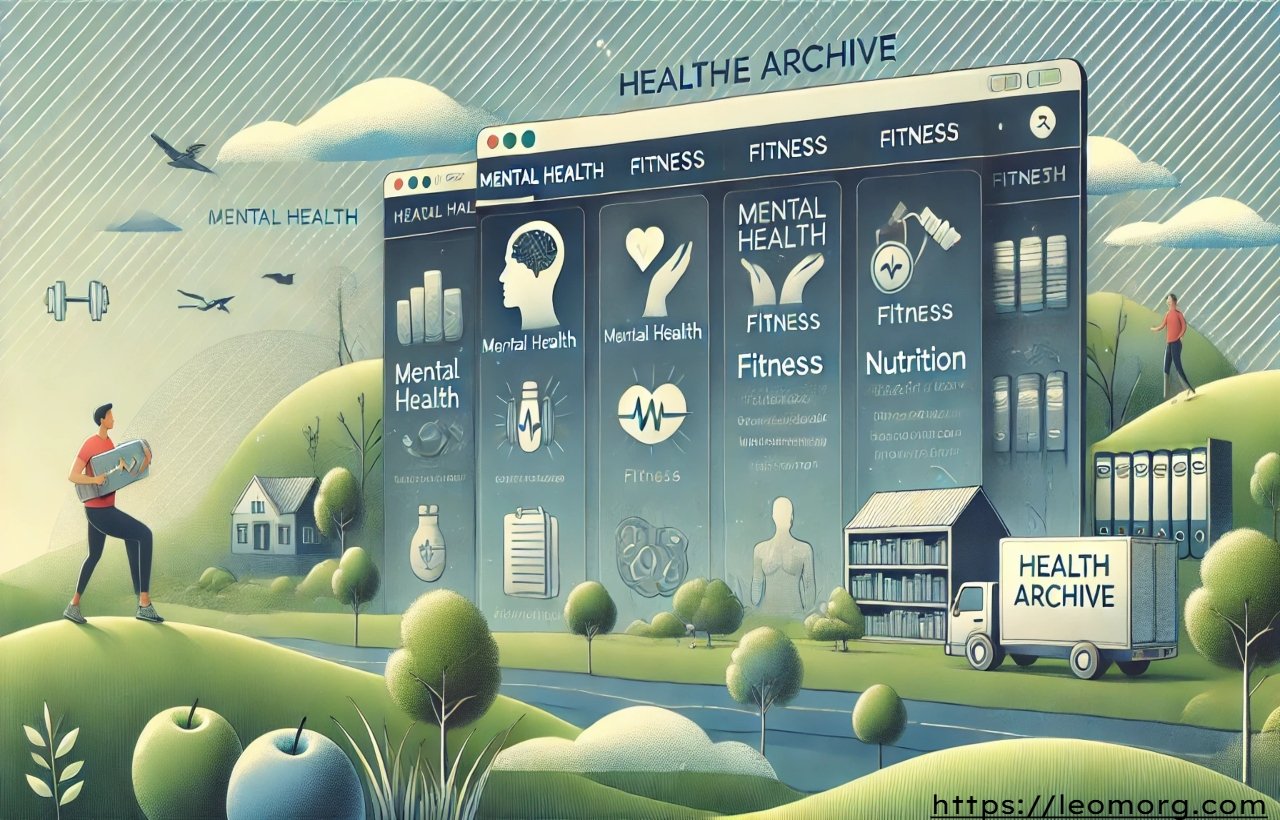Recovery from the physical, mental, or emotional demands of modern life is often overlooked. However, the ability to recuperbate — a blend of intentional rest, rejuvenation, and strategic wellness practices — offers a pathway to holistic renewal. Whether it involves overcoming stress, healing from injury, or boosting energy, understanding how to recuperbate effectively is vital for thriving.
What Is Recuperbate?
Recuperbate refers to the intentional act of combining rest, replenishment and resilience-building to achieve optimal recovery. Rooted in holistic wellness principles, this concept emphasizes more than just physical restoration. It includes mental clarity, emotional balance, and spiritual alignment.
Effective recuperbation involves creating environments and adopting practices that enable deep healing while addressing underlying stressors.
Why Recuperbate Matters in Modern Life
The fast-paced nature of contemporary living demands consistent recovery to counteract burnout, fatigue, and overwhelm. Recuperbation is not a luxury; it is essential for sustained performance and longevity. With stress being a leading contributor to chronic diseases, focusing on recuperbate practices could drastically improve health outcomes.
The Science Behind Recuperbate
Science underscores the value of intentional recovery. Research demonstrates that rest enhances memory consolidation, supports cellular repair, and improves overall energy levels. Additionally, mental health experts emphasize mindfulness and relaxation techniques to combat anxiety and depression, key components of recuperbate strategies.
Principles of Effective Recuperbate Practices
Prioritize Sleep
Quality sleep is foundational to recovery. By maintaining consistent sleep schedules, individuals can enhance hormonal balance, improve cognitive functioning, and restore physical vitality.
Nourish Your Body
Nutritional choices profoundly influence recuperbation. Opting for anti-inflammatory foods like leafy greens, omega-3-rich fish, and colorful fruits accelerates healing processes.
Embrace Movement
Moderate physical activity, such as yoga or walking, enhances circulation, reduces stress hormones, and fosters relaxation.
Practice Mindfulness
Meditation and breathwork help align the mind and body, which is crucial for full recuperbate effectiveness.
Benefits of Choosing to Recuperbate
- Enhanced Resilience: Building physical and mental endurance becomes easier with consistent recovery practices.
- Improved Focus: Recuperbation supports cognitive sharpness by reducing mental clutter.
- Better Emotional Balance: Intentional rest restores emotional equilibrium, lowering the risk of burnout.
How to Begin a Recuperbate Journey
Assess Your Needs
Before implementing recuperbate practices, identify specific areas of stress or depletion. Create a checklist of signs such as frequent fatigue, irritability, or difficulty concentrating.
Create a Recovery Plan
Set achievable goals to enhance rest. Include short breaks, structured downtime, or leisure activities in daily routines.
Recuperbate Techniques to Try Today
Journaling for Reflection
Writing down thoughts and experiences clarifies mental blocks, enhancing emotional recovery.
Hydrotherapy
Warm baths or cold plunges stimulate circulation, supporting muscular and neurological recovery.
Aromatherapy
Essential oils like lavender or eucalyptus create a calming environment, ideal for recuperbation.
Recuperbate Through Community Support
Building supportive relationships improves recuperbate outcomes. Sharing challenges with trusted friends or engaging in group wellness activities fosters resilience and emotional health.
Barriers to Recuperbate
Challenges to successful recuperbate practices may include lack of time, knowledge, or discipline. Overcoming these barriers requires proactive planning, prioritization, and access to resources.
Recuperbate for Athletes
Athletes often experience high physical demands. For them, recuperbation includes targeted nutrition, rest days, and therapies like stretching or massage.
Mental Recuperbate: A Critical Component
Mental health recovery involves more than therapy or medication. Integrating quiet time, mindfulness practices, and positive affirmations creates a balanced mental recuperbate strategy.
Recuperbate in Daily Life
Practical steps for everyday recuperbation include setting boundaries, incorporating “me-time,” and staying hydrated.
The Role of Technology in Recuperbate
Apps for meditation, guided workouts, or sleep tracking make it easier to maintain effective recuperbate practices.
Conclusion
It is an essential process for achieving holistic recovery and fostering sustained well-being. By addressing physical, mental, and emotional needs, recuperbation ensures balanced living in a demanding world. Start your journey today to experience profound transformation in health and resilience.




